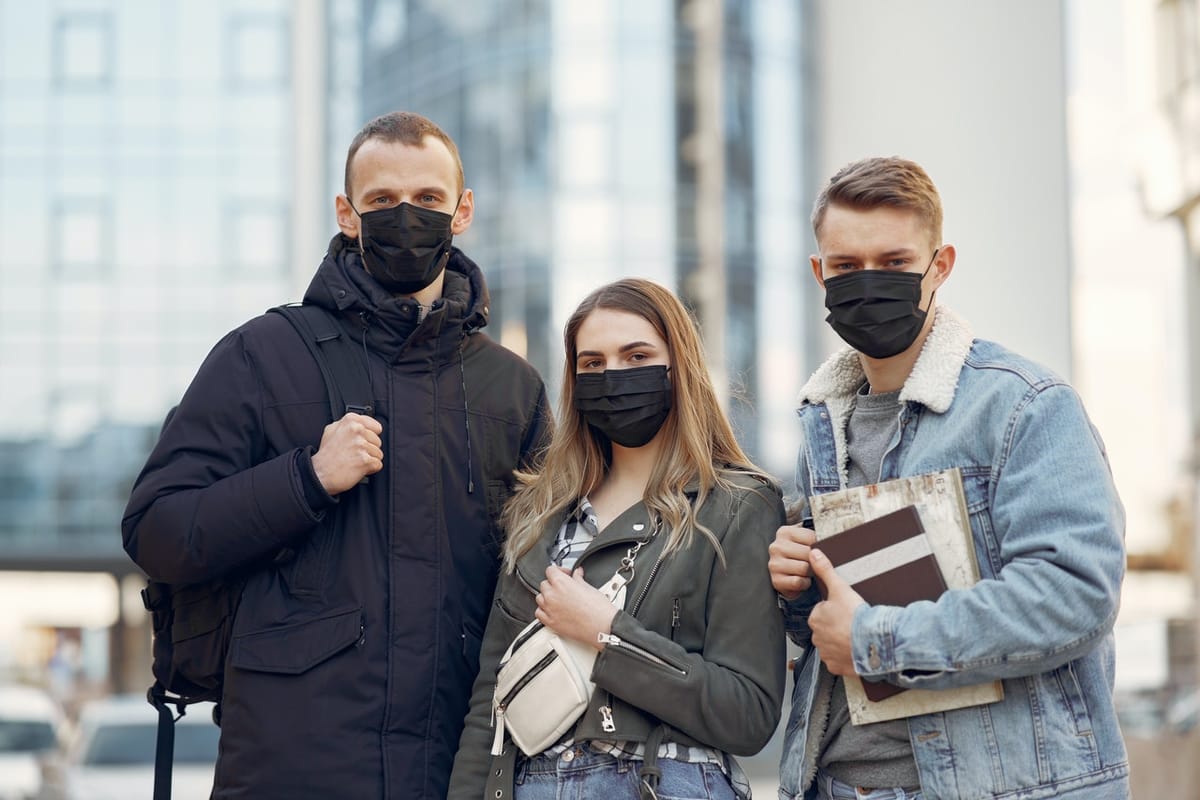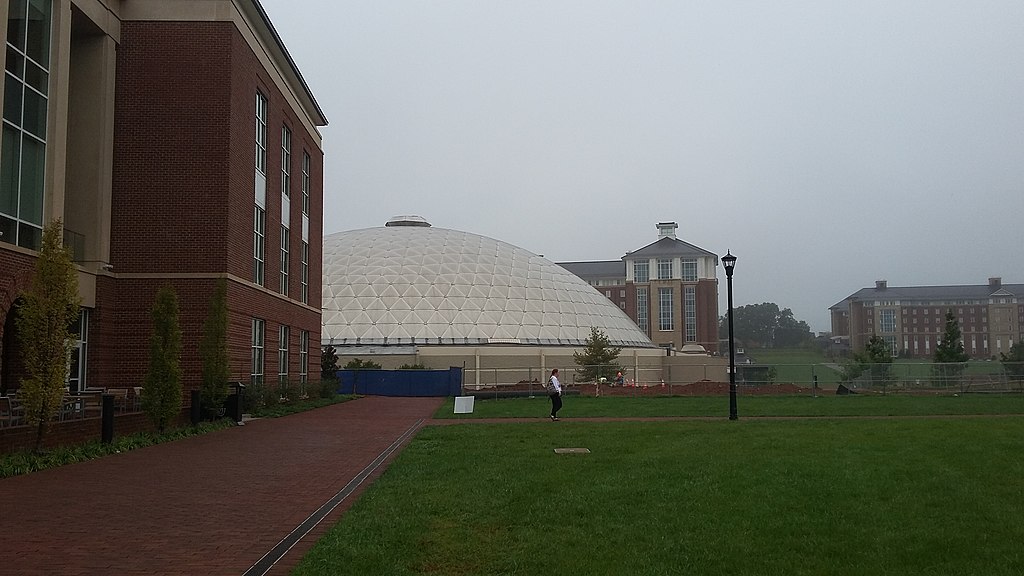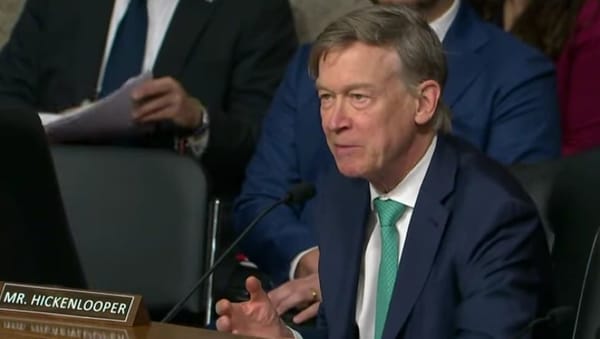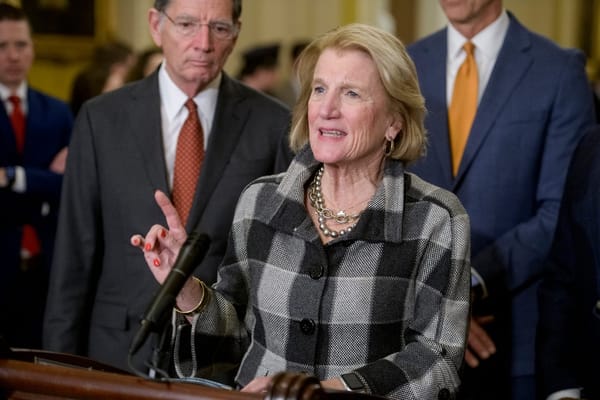Students and Universities Continue on Despite COVID-19 to Make Most of College During Pandemic
September 3, 2020 – With no end in sight to the COVID-19 pandemic, students and academic institutions are cautiously beginning the fall semester either in person, online, or somewhere in-between. Cole Ridgway, a junior at Virginia Commonwealth University, was notified days before his classes began t

September 3, 2020 – With no end in sight to the COVID-19 pandemic, students and academic institutions are cautiously beginning the fall semester either in person, online, or somewhere in-between.
Cole Ridgway, a junior at Virginia Commonwealth University, was notified days before his classes began that all but one had been moved online. His job had just announced it would soon become remote as well. With the two biggest parts of his routine now taking place virtually, Cole was instantly concerned about the monotony of his new day-to-day.
“All my time is going to be spent at home, at one desk, and I’m going to go insane,” he recalls thinking.

A screenshot of Cole Ridgeway during a conversation via webcam
The bad news for Cole didn’t stop there. The only course in his schedule that remained in-person was Intermediate Chinese, a class where spontaneous conversation, engaging with peers, and nonverbal cues directly impact learning. He was only able to attend only a handful of sessions before the course also shifted online.
As a Political Science major with an international focus, Cole intends to persue a career in China after graduation. He felt apprehensive that a virtual language class could adequately prepare him for a future overseas.
“It’s hard not to feel my confidence shaken in getting a firm enough footing in the language to [go] abroad,” Cole said.
Though VCU is still offering some in-person courses, many of Cole’s peers at the central Virginia university face the same challenge he does: a semester entirely online.

Cole Ridgway with his family
Virtual schooling is increasingly common as COVID-19 continues to threaten in-person gatherings. According to the National Conference of State Legislatures, around a third of colleges intend to deliver fall courses though an online-only or hybrid format in response to the pandemic.
For students and universities alike, the prospect of online college comes with significant pitfalls. In addition to issues surrounding reliable computers and internet access, many students feel they are missing out on key aspects of the college life. Schools anticipate significant financial losses and disengaged pupils, many of whom are angry at being charged full tuition for an online experience.
Strategies for dealing with COVID-19 from different universities
VCU, based in Richmond, is of one of many institutions beginning the semester through a hybrid setup.
While some courses have moved online, smaller classes have remained in-person. Upon arriving on grounds, each student was provided with a starter supply of hand sanitizer, disinfectant spray, and washable face coverings, while 50 kiosks around campus allow students to monitor their temperature.
All students attending class in-person were required to complete an online course that outlined proper safety protocol, such as the guidelines for disinfecting personal and shared spaces before and after use. Students were made to acknowledge they understood these requirements as well as the punishments for disregarding them.
However, a student informant at VCU who asked to remain anonymous reported that many of their peers have yet to complete the online course, yet haven’t faced consequences from the administration. The source also says that many students are ignoring the guidelines to disinfect classroom items after use, also with no repercussions.
Meanwhile, the university’s Honors College dormitory has been converted into a quarantine space for students. A location set aside for to self- isolation is increasingly needed. On August 26, 44 student athletes tested positive for the virus. By Monday, the number of cases at the university had grown to 146.
For those keeping their distance, VCU is working to accommodate students who aren’t able to participate in on-campus activities. The University is offering a virtual student activity fair continuously through the semester to help create a sense of community among new and returning students.
Further, VCU’s Division of Student Affairs keeps an up-to-date bulletin for all virtual worships, social connection opportunities, and events taking place.
Liberty University’s approach to in-person instruction
Liberty University, the private evangelical institution in Lynchburg, Virginia, chose instead to begin the semester on entirely in person on August 24 while saying they were still adhering to CDC guidelines. Former university president Jerry Falwell, Jr. – who resigned last week over allegations about conduct in his personal life – had in June cited the ‘close to zero lethal threat’ COVID-19 poses to young people as the reason for the University staying open.

Photo of Liberty University campus
In fact, Liberty released a lengthy operating plan outlining its COVID response. The document establishes a COVID Task Force to ensure the University is able to quickly respond to the latest developments. For instance, if more than 5 percent of the university population tested positive for COVID or is presenting with symptoms the school will shift to online-only instruction.
The operating plan (PDF) also outlined procedures for contract tracing among students, and creates a communication line between Resident Advisors and University Health Services in order to monitor the health of students in dorms .
All-remote education at Michigan State University
While others have opted for in-person instruction, Michigan State University announced on August 18 that the whole fall semester would be taught remotely. The college cited outbreaks at other universities as the reason for moving entirely online. However, a small number of students with extenuating circumstances will be allowed to live in residence halls, while the university is committed to working with its international students on their visa status.
A wholly remote semester means MSU must cultivate an online experience that students find fulfilling academically as well as socially.
For example, the university keeps an online bulletin regularly updated with tips for virtual learning and social success during the period of remote instruction. The bulletin provides links to the university’s tutoring and writing centers, all of which have moved online, in addition to a list of public Wi-fi sites in Michigan for those who don’t have reliable internet at home.
The bulletin also points students to applications like Facebook and Discord as a way to connect with on-campus organizations. Zoom events hosted by the university are also listed, even group fitness classes and movie viewings.
Even “welcome week,” a tradition aimed at helping freshman connect with MSU, has also moved entirely online. The celebration comes complete with a live streaming of fall convocation as well as virtual tours of notable locations on campus, such as the Abrams Planetarium and the MSU Museum.

Students angered by cost of attendance even as universities are struggling financially
However, not all students are satisfied with an online experience. Jahfreen Alam, a senior at University of California San Diego, laments paying the full cost of attendance, noting that key aspects of university life don’t transfer over in a virtual environment.
“The extras, the opportunities, the networking availabilities [are] what makes a specific school unique. By taking classes online I don’t have access to these extras or the same resources as I would if I were to be paying tuition for in-person classes.” Alam told the San Diego Union-Tribune.
Oneclass, a virtual resource for study material, found that 93 percent of 13,606 students surveyed felt if classes were held entirely online college tuition should be lowered. Of respondents, 75 percent reported dissatisfaction with the quality of online classes, while 35 percent are considering withdrawing from school this year.
Aaron Vanek, a rising senior at New York University, believes each school should be transparent about their financial situation: “I would like to see a calculation around how much money is being saved by this remote instruction and using that to factor into a kind of refund to give to the students. That seems like the fairest thing for me,” he told CNBC.
However, despite instruction moving online, colleges are still required to maintain infrastructure as classes will eventually reconvene in person. There also are costs associated with preparing for a virtual semester, especially if a school previously had no remote learning infrastructure in place
Colleges where even a fraction of the student body is attending in-person classes must pay to maintain a safe environment. These expenses include protective equipment, sanitation personnel, and cleaning supplies, such as the $309,000 that the University of Central Florida in Orlando reported paying on reusable masks for student and staff members.
Universities are being hit by these expenses while revenue streams like college athletics and student housing have dried up. The University of Arizona projects it will lose $250 million from the pandemic, while the University of Michigan estimates losses ranging from $400 million to $1 billion.
State funds allocated to public universities may also decline significantly due to decreased state revenue and new expenditures associated with the COVID-19 pandemic. Additionally, a report from NAFSA, an association of international educators, estimates that colleges will lose at least $3 billion due to international student dropping in the fall of 2020 (
International students face unique problems
International students are a significant source of revenue for American colleges. For these students, a curriculum online can determine whether they will come to the US or remain in their home country.
Qing Li, a student from northern China, had planned to begin a law degree at the University of Washington this fall. However, the visa appointment he’d scheduled at the U.S. Embassy in Shenyang, China, was canceled at a week’s notice. By that time more than 90 percent of the University’s classes moved online, and Li didn’t see remote learning as feasible for someone in his situation. He decided to defer enrollment in the program.
“The class interactions might not be a big issue for students who study math or computer science,” Li to USA Today. “But for law students, class participation is everything.”
The future law student expressed concern about the 15-hour time difference between China and Seattle, the city the University of Washington is based in. For Li this could have meant streaming lectures from midnight to sunrise.
Li is not alone in his decision. A study conducted in July by World Education Services found that of the 615 international students surveyed, only 38 percent would matriculate to a U.S. institution if courses moved entirely online while 32 percent would not enroll. The remaining 30 percent remained undecided.
Such figures have a serious impact. According to the National Foundation for American Policy (PDF), the number of new international students entering American universities in the fall hasn’t been this low since World War II.
Some university offerings to cope with the coronavirus pandemic
Some universities are attempting to increase international enrollment numbers through unique offerings. For example, Cornell University’s Office of Global Learning has tailored its Study Away program to provide international students a way to “attend” Cornell while remaining in their home country.
The Ivy League university partnered with international colleges around the world to provide their students housing and co-curricular opportunities to be involved in while attending Cornell classes online.
This programs might offer a temporary solution for students with the hope of enticing them to continue their studies in America after the coronavirus threat passes.
Though Cole laments his classes at VCU moving online, he is quick to defend university administrators for their decision and commends professors for making the best of a less-than-ideal situation. As he elaborated on the negative impact going virtual has had on his Intermediate Chinese class, Cole clarified that his instructor should receive no criticism.
“Don’t disparage my 老师,” He said, affectionately referring to his professor as lǎoshī, the Chinese word for “teacher.”










Member discussion